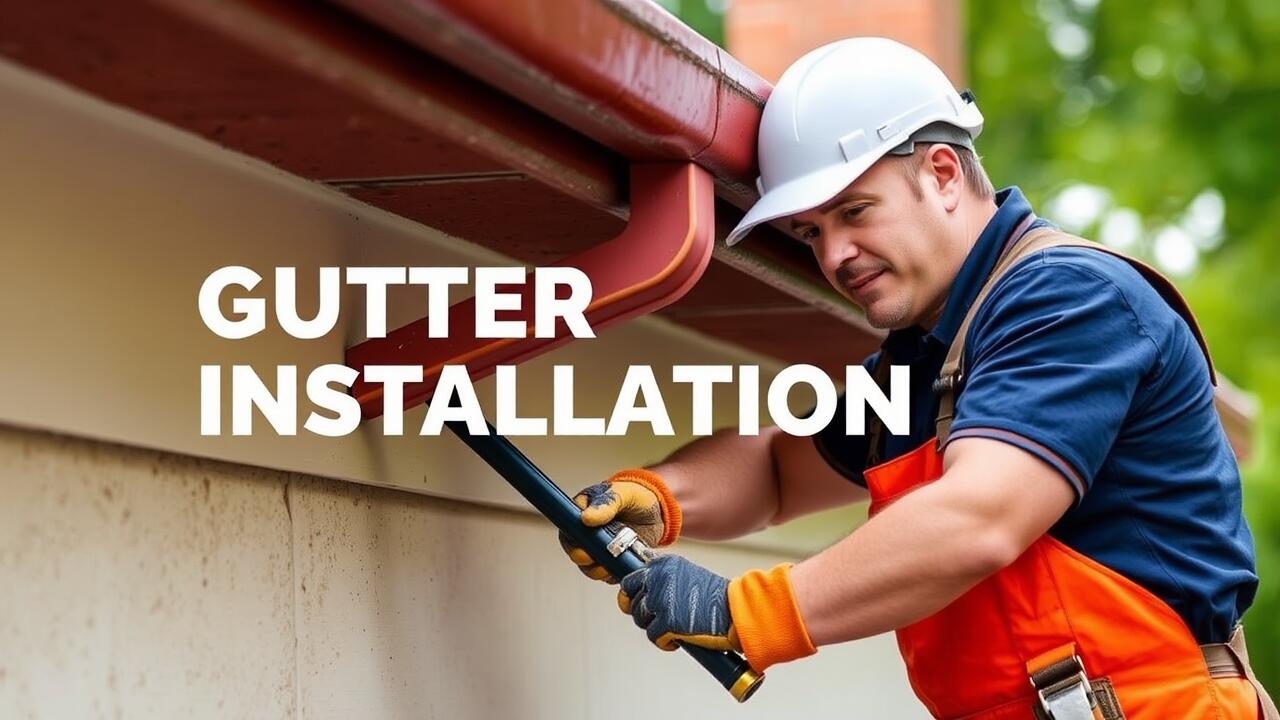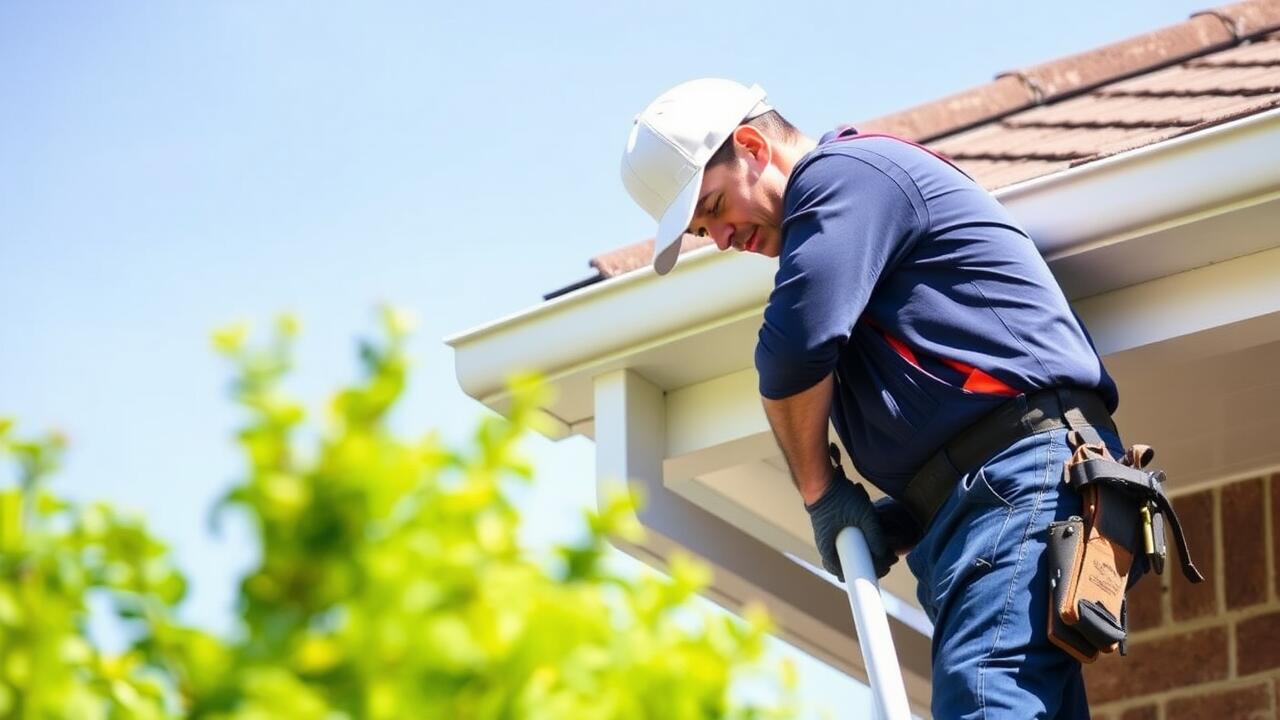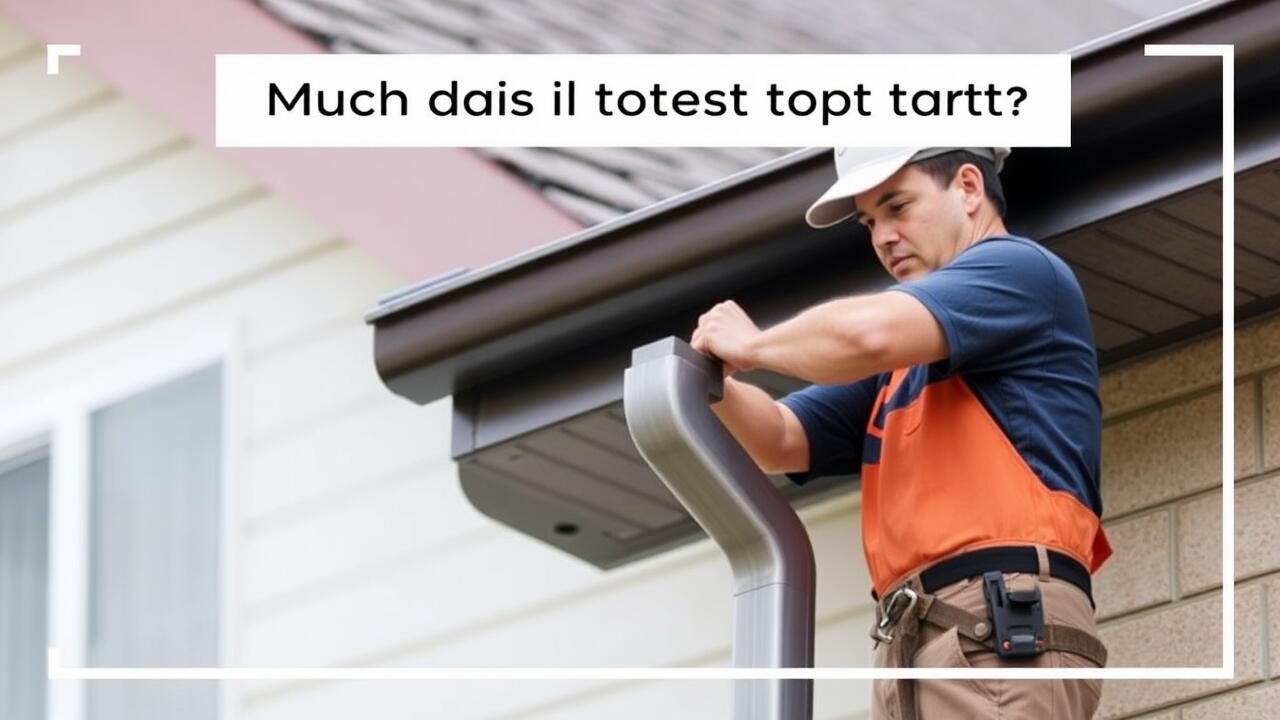
Removing Old Gutters
Removing old gutters is a crucial first step in preparing for a gutter system replacement. This process involves carefully detaching the existing units from their brackets and ensuring that any debris is cleared away. It is important to inspect the fascia board and roofline for potential damage during this stage, as any issues could impact the new installation. For those seeking professional assistance, services like Gutter Installation Northgate, Seattle can provide efficient and thorough removal.
When removing old gutters, safety should always be a priority. Make sure to wear gloves and protective eyewear to guard against sharp edges and falling debris. Using a sturdy ladder and ensuring it is on stable ground can prevent accidents. If the gutter system is particularly high or complex, enlisting professionals may be the best choice. Gutter Installation Northgate, Seattle offers experienced teams that can handle both removal and installation safely and effectively.
Safety Tips During Removal
Safety is paramount when removing old gutters. Always wear appropriate protective gear, including gloves and safety goggles, to shield yourself from debris. Use a sturdy ladder placed on level ground to prevent instability while working at heights. Ensuring the ladder is secure before climbing is essential. Have a partner assist you if possible, as they can help stabilize the ladder and provide extra support during the removal process.
While removing the gutters, avoid rushing to prevent accidents. Carefully detach any brackets and fasteners without damaging the roof or surrounding structures. Consider the weather conditions before starting the project; wet or windy days can increase risks significantly. The expertise of professionals can greatly enhance safety and efficiency, so if you are unsure, seeking assistance for your gutter installation in Northgate, Seattle, may be a wise choice.
Installing the Gutter System
Beginning the installation of the gutter system requires careful measurement and planning. Professionals often start by determining the optimal location for the gutters based on the roofline and the expected flow of water. Accurate measurements help ensure that the gutters will properly collect runoff and direct it away from the foundation. When considering Gutter Installation Northgate, Seattle, it's essential to account for local weather patterns and ensuring the design can handle heavy rainfall.
Next, the gutter sections are cut to size and assembled according to the predetermined layout. Proper alignment is crucial for avoiding leaks and ensuring efficient water flow. Professionals typically use a level to verify that each section is angled appropriately, allowing water to travel toward the downspouts. After securing the sections, they attach hangers to support the gutters. This robust framework reinforces the gutter system, ensuring it withstands the elements over time.
Step-by-Step Installation Process
The first step in the installation process involves measuring the length of the eaves to determine the amount of gutter needed. Use a level to mark the slope, ensuring that the gutters can drain effectively. This slope usually falls about a quarter inch for every ten feet of horizontal run. It's also essential to choose the right type of gutters based on the roof style and local weather conditions. Once measurements are taken, cut the gutter sections to size using a hacksaw or power saw.
After cutting the pieces, attach the end caps to the gutter sections before securing them to the fascia board. Use brackets or hangers to hold the gutters in place, spacing them regularly to prevent sagging. For Gutter Installation Northgate, Seattle, it’s important to take into account the local rainfall intensity, which might influence the spacing and type of materials used. Finally, install downspouts at designated intervals to manage water flow away from the foundation, ensuring proper alignment and secure fastening throughout the process.
Securing Gutters Properly
Properly securing gutters is essential for ensuring they perform effectively over time. Professionals typically use appropriate materials like stainless steel screws or weather-resistant fasteners, as these resist rust and contribute to long-term stability. Fasteners should be positioned at intervals recommended by manufacturer specifications, often every two feet along the length of the gutter. This systematic approach helps distribute the weight and allows the system to better handle rainwater flow and debris accumulation without sagging or detaching from the roofline.
Additionally, utilizing a level is important during installation to ensure the gutters have a slight pitch, typically about 1/4 inch for every 10 feet. This slight angle allows for proper drainage, preventing water from pooling in the gutters. When considering Gutter Installation Northgate, Seattle, it’s crucial to factor in local weather patterns, as higher rain volumes may require reinforced fastening methods. Regular maintenance checks will also ensure that gutters remain securely attached and function properly throughout the changing seasons.
Techniques for Effective Fastening
Properly securing gutters is crucial for long-lasting performance. Fastening methods vary based on the type of gutters being installed. Most commonly, stainless steel screws are recommended due to their resistance to rust and corrosion. Professionals often use a power drill to ensure that screws penetrate the fascia board, creating a solid connection. When working with sections of gutter, joining pieces using brackets can enhance stability, preventing sagging over time.
For residents in Northgate, Seattle, following regional building codes is essential during gutter installation. Ensuring each section is level affects water flow, helping to prevent clogs and overflow. Additionally, utilizing a pitch gauge can provide accurate angles, allowing for proper drainage. By incorporating these fastening techniques, homeowners can achieve efficient and effective gutter systems that stand up to various weather conditions.
FAQS
What tools do professionals need to install gutters?
Professionals typically use tools such as a measuring tape, level, power drill, saw, ladder, and safety gear like gloves and goggles to install gutters effectively.
How long does it take to install gutters?
The installation time can vary depending on the size of the home and the complexity of the gutter system, but it generally takes between a few hours to a full day for professionals to complete the job.
Can I install gutters myself, or should I hire a professional?
While it is possible to install gutters yourself, hiring a professional is recommended for optimal results, especially if you lack experience. Professionals ensure proper installation and can address any potential issues.
What are the signs that I need to replace my gutters?
Signs that you may need to replace your gutters include visible damage like sagging or rust, leaks, water damage on your home’s exterior, or overflowing gutters during rainstorms.
Are there different types of gutters, and how do I choose the right one?
Yes, there are various types of gutters, including K-style, half-round, and seamless gutters. Choosing the right type depends on your home's architecture, budget, and local climate conditions. Professionals can provide guidance on the best option for your needs.



